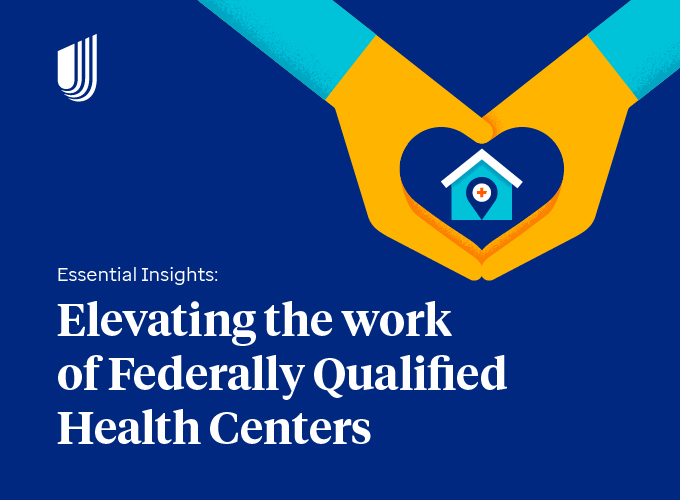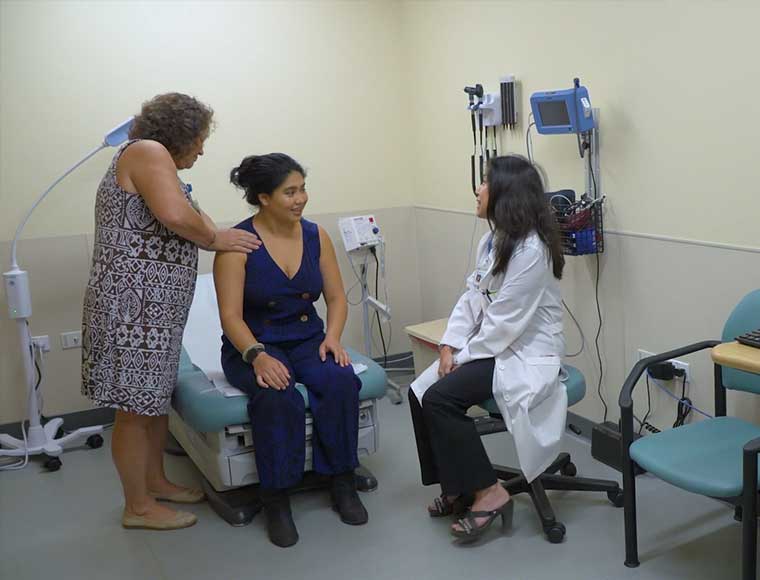Kerianne Guth is Director of Clinical Strategy at UnitedHealthcare Community & State, and Laura Kalies is Associate Director Clinical Capabilities at UnitedHealthcare Community & State.
Factors such as race, socioeconomic status and access to quality care can significantly impact chronic conditions. These ongoing or chronic conditions require continuous medical attention – producing symptoms for over one year, subsequently limiting daily activities.1
UnitedHealthcare is committed to identifying and promoting holistic approaches that support mental, physical and spiritual wellness for the management of chronic conditions. We aim to expand health equity practices -- recognizing the impact of health disparities in health outcomes -- among external partners and empower members to take charge of their chronic condition management.
Co-morbidity in chronic conditions
According to the Centers for Disease Control and Prevention, approximately 60% of adults in the United States live with at least one chronic condition and 40% live with two or more.2 Certain conditions can increase the risk of developing additional conditions – for example individuals with heart disease or diabetes are likely to develop arthritis.3 Co-morbid chronic conditions have been linked to higher mortality rates, functional decline and a reduced quality of life.4
These poor health outcomes are due, in part, to complications of disease management and treatment when multiple conditions are present.3 Co-morbid conditions require multiple treatment plans and different prescription drugs; this is known as polypharmacy and presents challenges as individuals need to be aware of possible side effects and decreased drug effectiveness due to drug interactions.
The care of chronic conditions has historically been fragmented and costly, consuming as much as 80% of state Medicaid budgets.4 However, a population health approach, combined with the integration of preventative behavioral health care and increased utilization of primary care services can significantly decrease cost of care by improving outcomes for chronic conditions. This approach can additionally improve HEDIS® performance scores and narrow care gaps.
Strategies to address chronic conditions
To improve outcomes for chronic conditions, we employ strategies that consider a population health perspective, prioritizing health equity and evidence-based care. Engaging members with the right care at the right time can slow the rate of condition progression.
1) Promote health equity: We evaluate our program and service suppliers to understand how they deliver culturally responsive services and improve health equity related to chronic condition management. Our process goes beyond current National Committee for Quality Assurance standards. We have ongoing dialogues with our suppliers to find opportunities to improve care, communication and engagement for our members aligned to public health trends, innovation in treatment and member feedback.
2) Provide preventive care: We recognize that prevention methods of chronic conditions are more effective the earlier they are administered. With this in mind, our adult chronic condition strategy and child and adolescent health strategy complement one another – addressing health behaviors at critical times. We aim to prevent health risks and detect chronic conditions early through regular preventive care, promotion of healthy lifestyle choices and removal of barriers to meet basic needs.
3) Integrate behavioral health: Three of the top five comorbidities for cardiovascular disease – substance use disorders, anxiety and depression – are related to behavioral health. Addressing mental health and spiritual well-being alongside physical health can drive behavioral change. We integrate behavioral health care into primary care and collaborate with providers and organizations to raise awareness of how behavioral health issues can manifest and complicate chronic conditions.
4) Empower members: Through the combined practices of trauma-informed care, cultural humility and person-centered care, we’ve increased member engagement with condition management. New engagement methods are crucial to overcoming distrust in health care providers and systems. Health systems must also collaborate with community partners who have knowledge of past experiences and culturally-rooted health habits.
Our commitment
Our commitment to improving population health through operational excellence and data analysis drives us to analyze how mental, physical and spiritual well-being influence holistic health. It focuses our collaboration efforts with external partners to provide specific clinical services, programs or digital offerings that align with our clinical strategies. And it pushes us every day to identify innovative solutions to increase access to integrated, equitable care for the individuals and communities we serve.
Sources
- https://www.cdc.gov/chronicdisease/about/index.htm
- https://www.cdc.gov/chronicdisease/about/index.htm
- Comorbidity: What to Know (webmd.com)
- https://www.ncbi.nlm.nih.gov/pmc/articles/PMC7199953/










